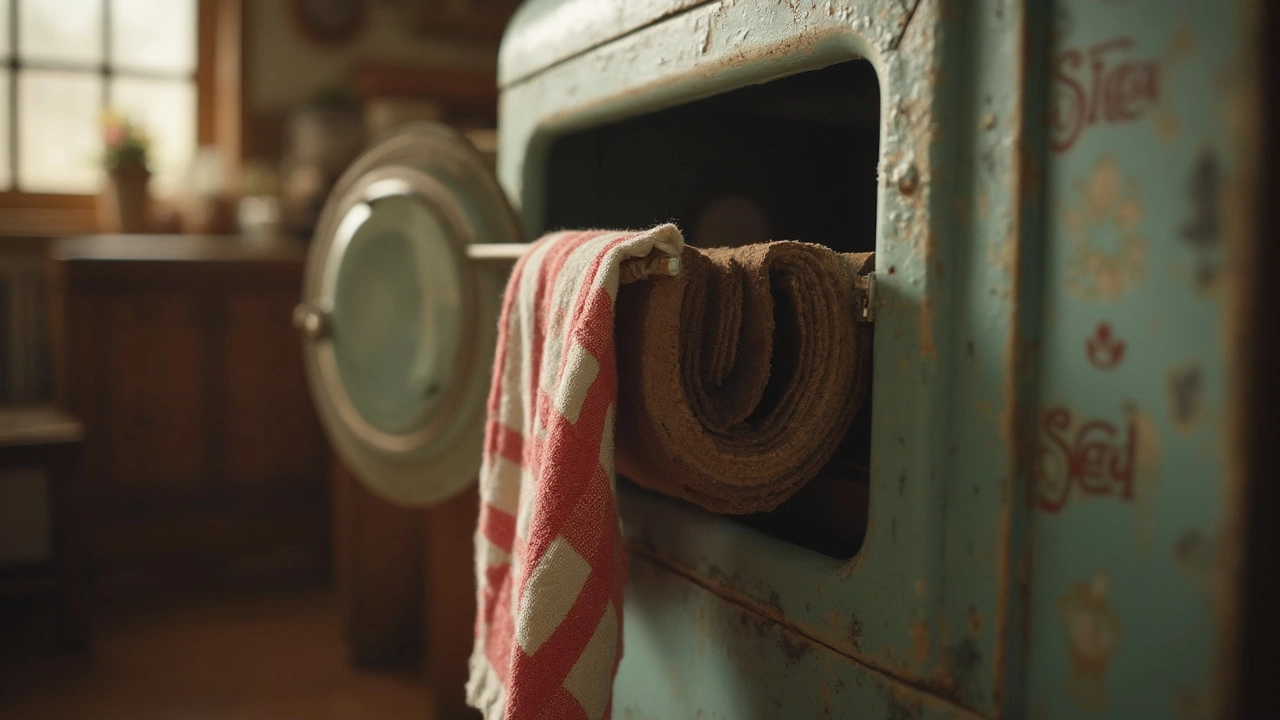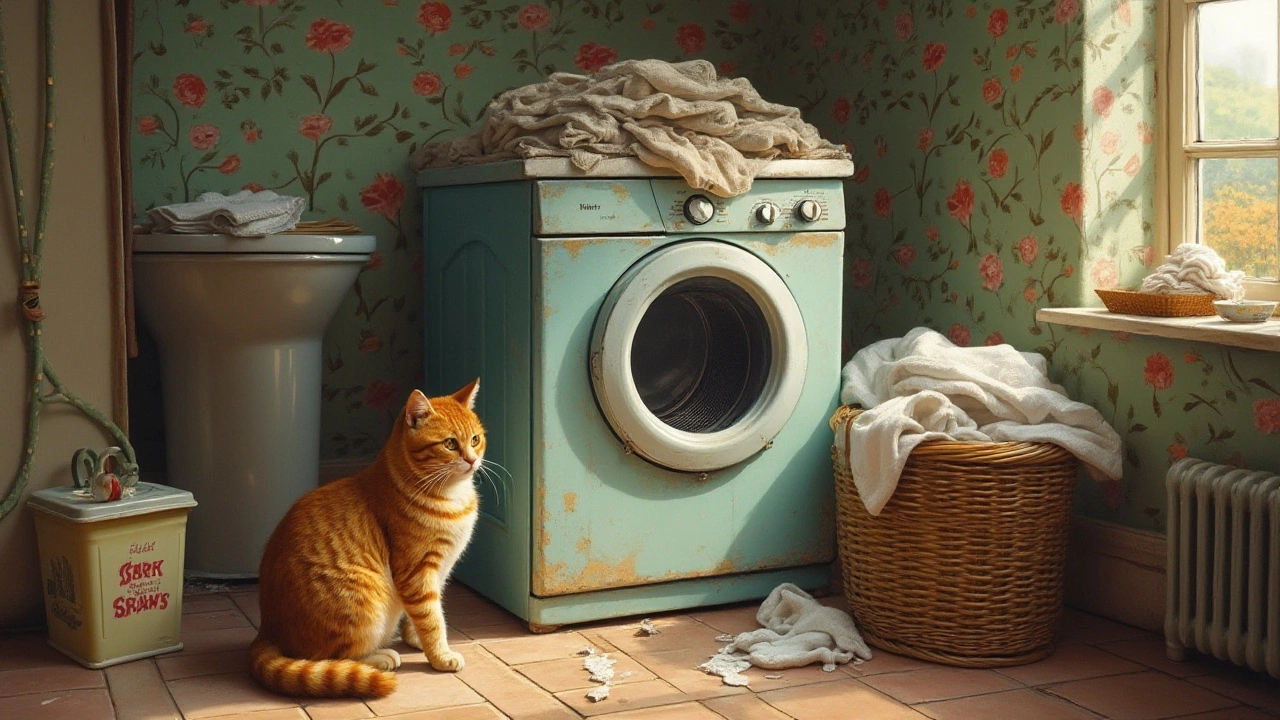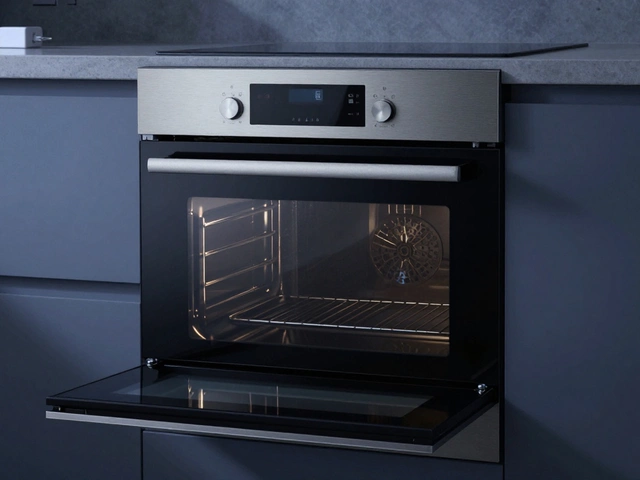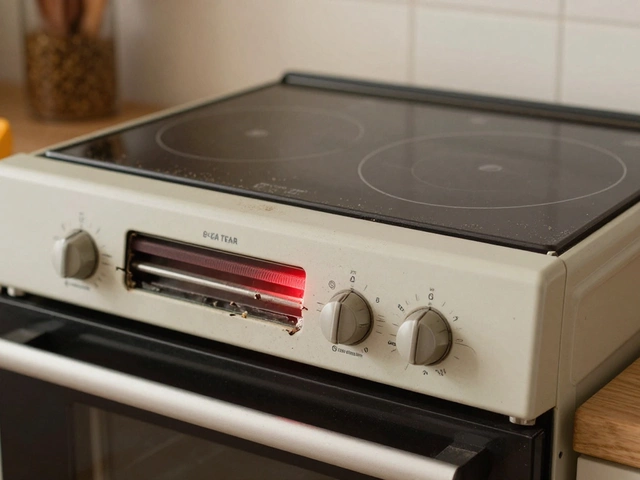Tumble Dryer Repair – Quick help for Warwick homes
When dealing with Tumble Dryer Repair, the process of fixing a dryer that won’t tumble, won’t dry, or makes strange noises. Also known as dryer service, it often starts with checking the dryer belt, a rubber loop that turns the drum. A worn belt is the most common reason a dryer stops spinning, and swapping it out is usually cheap and fast. If the belt looks OK, the next step is to look at the dryer motor, the electric heart that powers the drum and the fan. Motor brushes can wear down, bearings may seize, and a faulty motor will either stop the drum or overheat the whole unit. Finally, regular dryer maintenance, cleaning lint filters, checking vent hoses and keeping moving parts lubricated can stop many problems before they start. In short, Tumble Dryer Repair encompasses belt replacement, motor diagnostics, and routine upkeep, and mastering these three steps saves time, money and the hassle of a brand‑new machine.
Typical problems and how to tackle them
One of the first signs that something’s off is a dryer that takes forever to dry a load. That usually means the airflow is blocked – a clogged vent or a full lint screen. Clearing the vent not only improves drying speed but also reduces fire risk. Another red flag is a loud whining or rattling noise; that often points to a loose drum belt or a failing motor bearing. Tightening the belt tensioner or replacing a noisy motor can quiet things down quickly. Overheating is another issue that shows up as the dryer shutting off mid‑cycle; a malfunctioning thermostat or a blocked exhaust can cause it. Checking the thermostat with a multimeter and ensuring the exhaust path is clear usually resolves the heat problem. Each of these scenarios illustrates how dryer troubleshooting links directly back to the core repair process: identify the symptom, locate the component, and fix or replace it.
Below you’ll find a collection of articles that dive deeper into each of these areas. We cover why a dryer might not spin, the most common faults you’ll see, and whether it’s worth repairing or replacing your unit. Whether you’re a DIY homeowner or just want to understand what the technician will do, the guides give you the background you need to make an informed choice. Keep reading to get practical tips, step‑by‑step checks, and cost‑saving advice that will help you get your tumble dryer back in shape without the guesswork.
If your tumble dryer is refusing to spin, you’re not alone, and it doesn’t necessarily mean a costly repair is on the horizon. Often, the issue can stem from simple problems like worn-out belts or jammed doors. A bit of troubleshooting could save the day. This article dives into the common causes of a non-spinning dryer and offers practical advice and tips to get it back in action.
Dryers, while reliable, can experience issues that disrupt their performance. This article explores the most common problems with dryers, like unusual noises, inefficient drying, and overheating, offering practical solutions. With tips for regular maintenance, users can extend the life of their dryers and avoid costly repairs. Quick and useful advice helps troubleshoot and fix issues effectively.
Does your dryer refuse to spin or dry clothes evenly? Before you rush to the store for a new one, consider the potential benefits and costs of repair. This article explores the common dryer issues, evaluates when it makes sense to repair versus replace, and offers practical tips to help you make an informed decision. With a little know-how and the right approach, you might just save a significant amount of cash while extending your appliance's life.




